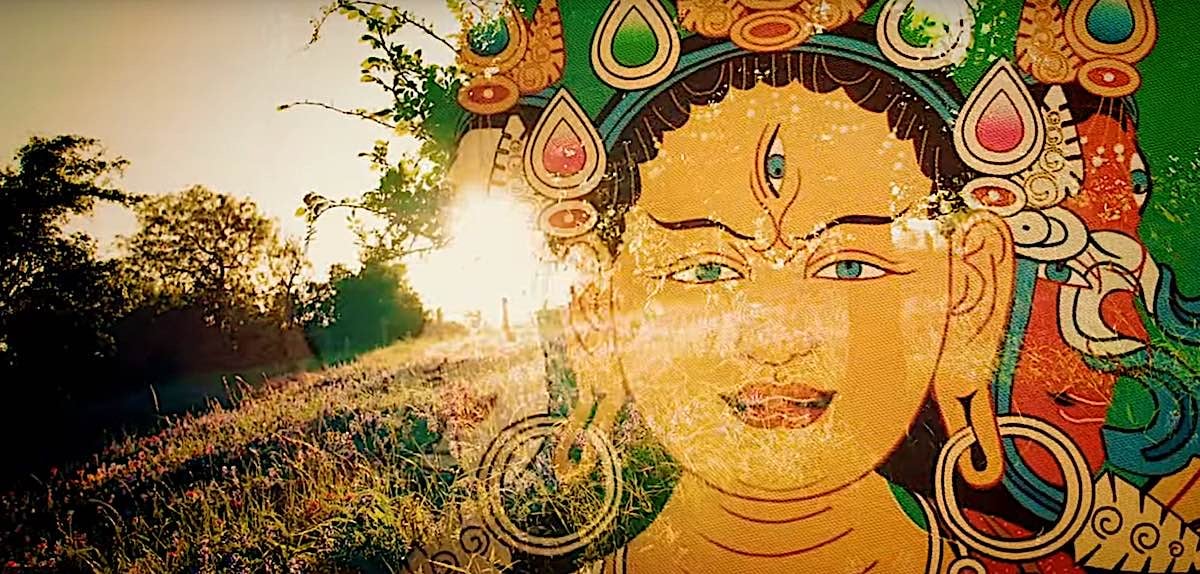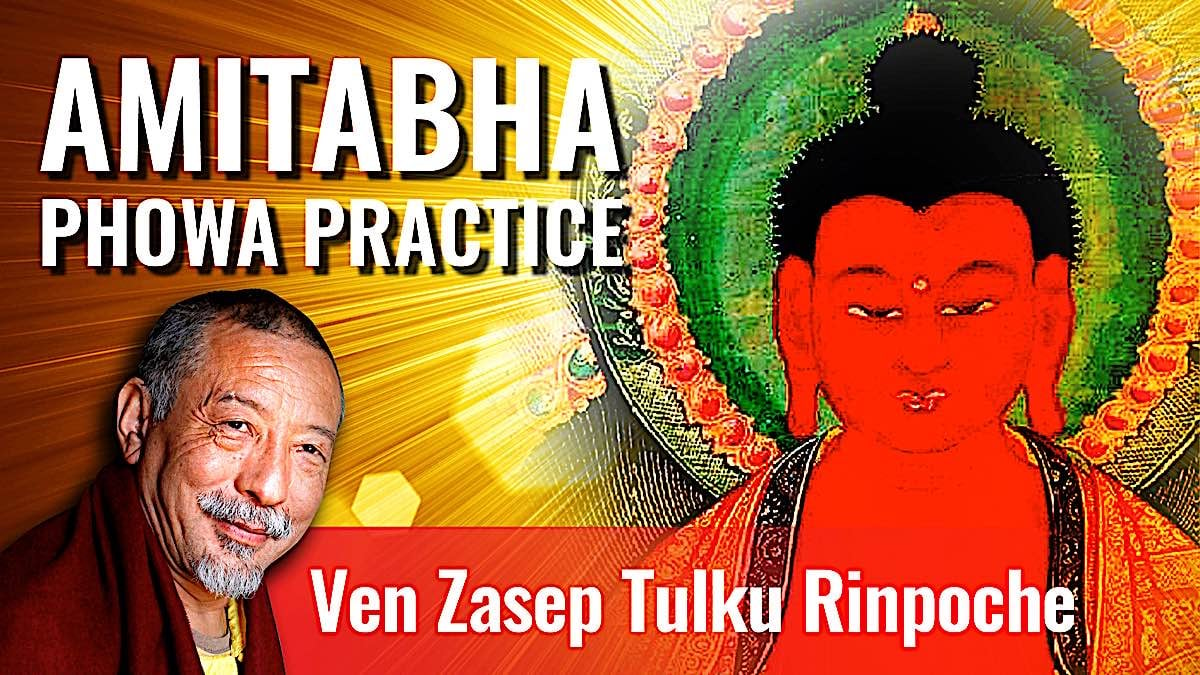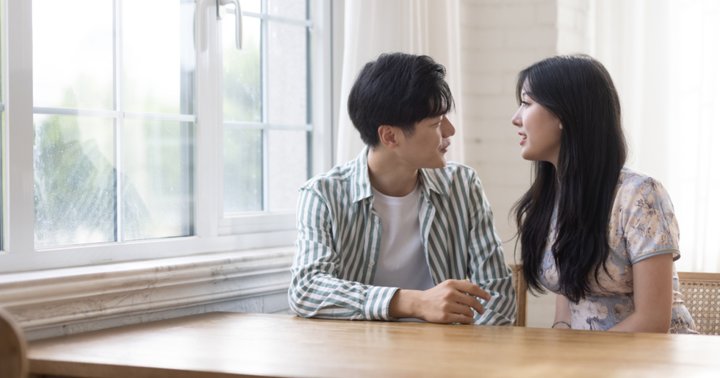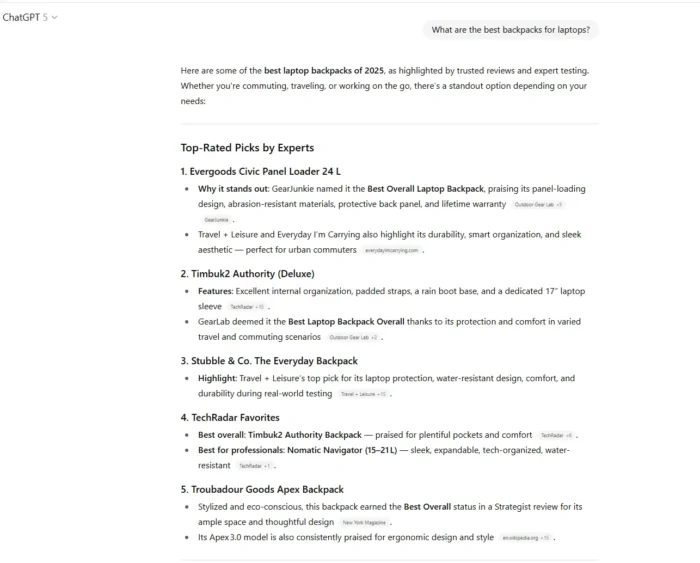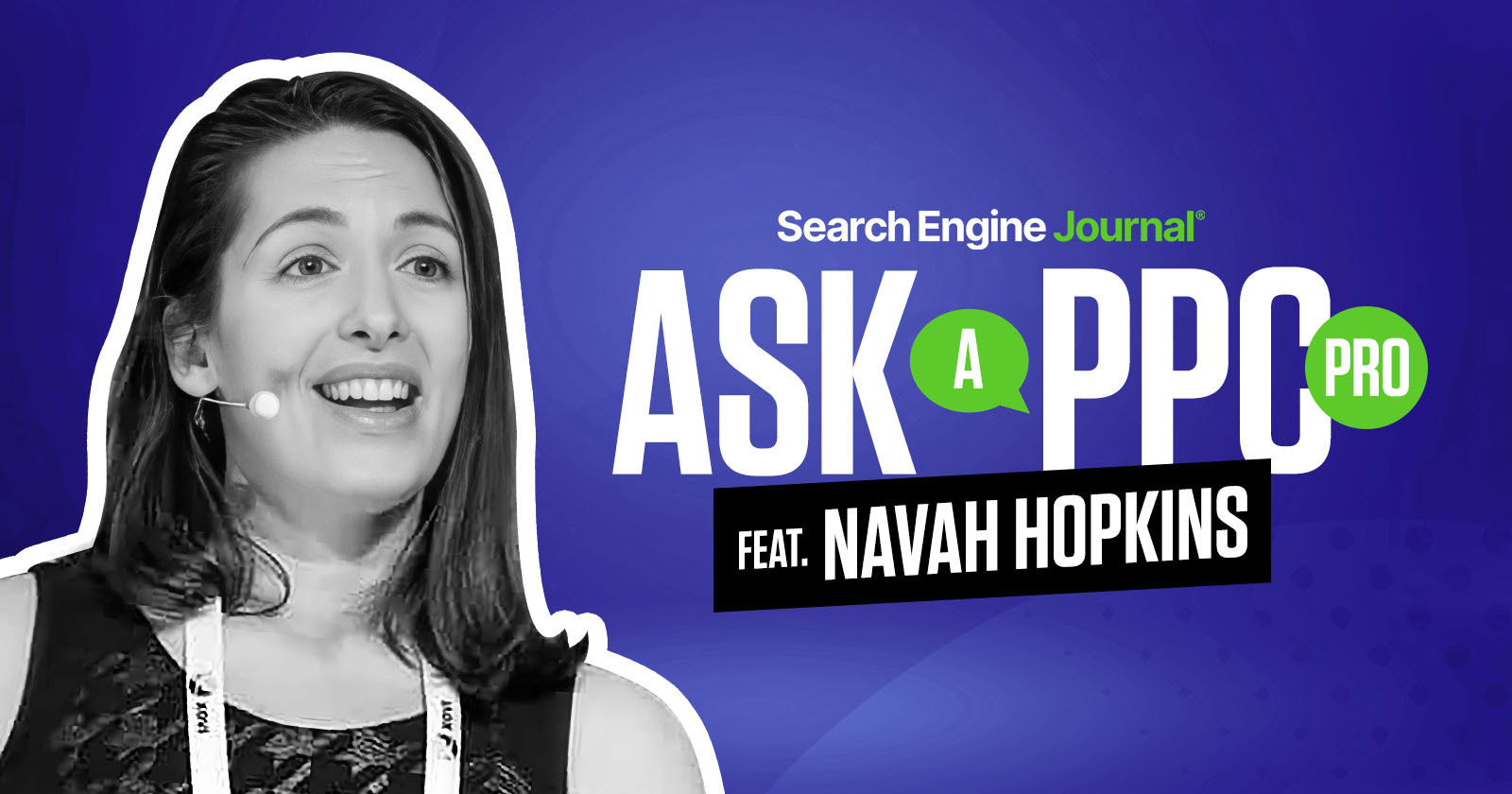The Difference Between Attachment and Love
In her new book, The Heroic Heart: Awakening Unbound Compassion, Buddhist nun Jetsunma Tenzin Palmo explains a difficult distinction. The post The Difference Between Attachment and Love appeared first on Tricycle: The Buddhist Review.
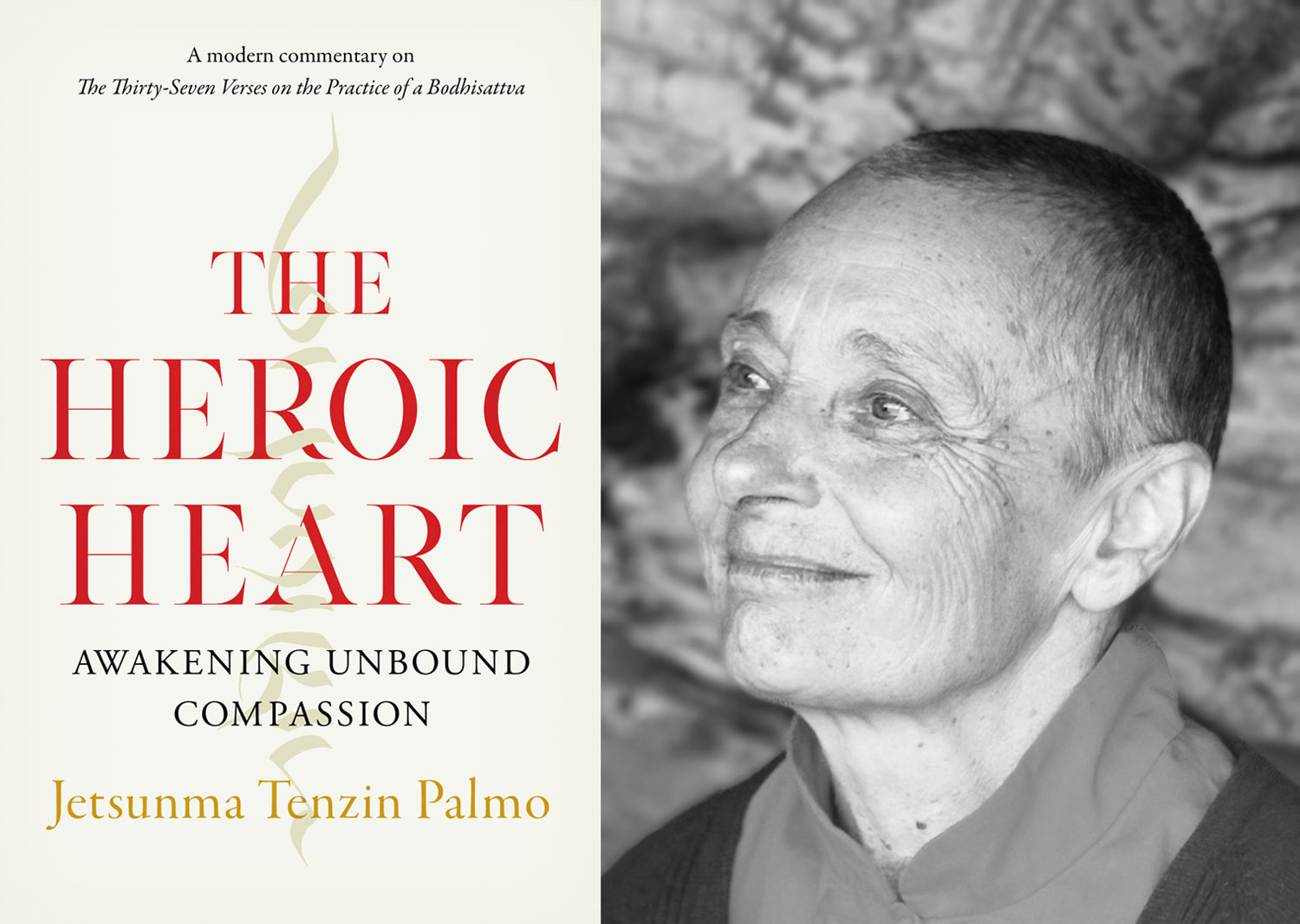
In her new book, The Heroic Heart: Awakening Unbound Compassion, Buddhist nun Jetsunma Tenzin Palmo explains a difficult distinction.
By Jetsunma Tenzin Palmo Aug 16, 2022 Jetsunma Tenzin Palmo's new book, The Heroic Heart: Awakening Unbound Compassion, is out now with Shambhala Publications.
Jetsunma Tenzin Palmo's new book, The Heroic Heart: Awakening Unbound Compassion, is out now with Shambhala Publications.In my native land waves of attachment to friends and kin
surge,
Hatred for enemies rages like fire,
The darkness of stupidity, not caring what to adopt or avoid,
thickens—
To abandon my native land is the practice of a bodhisattva.
This second verse [in The Thirty-Seven Practices of a Bodhisattva, written in the fourteenth century C.E. by a monk named Gyalse Thogme Sangpo,] does not just refer to our outer native land. It doesn’t just mean that we all have to go across the world in order to practice, because we take our mind with us and it is our mind that has all this attachment and hatred and the darkness of our unknowing.
On the one hand, people get locked into habitual relationships. Dilgo Khyentse Rinpoche put it this way:
The meaning of leaving behind your native land is to leave behind the emotions of attachment, hatred, and the obscuring ignorance that permeates both. These three poisons, generally speaking, are most active in the relationships you establish with family and friends in your own homeland.
How often people react to each other out of old habits, without even really thinking about it anymore. So many negativities come up because of the way people habitually act and talk to others with whom they are familiar. Maybe the patterns started in childhood, and they continue on and on.
On the other hand, it is good to be able to get away and maybe get some new perspective through being in a different environment where we can try to incorporate better ways of dealing with people. But the problem really is that “native land” means our ordinary habitual responses; these are what we have to leave behind. And the way to leave them behind is first to be conscious of them.
The waves of attachment surge within and around us. We are lost floundering in this huge ocean caring about people and worrying about them and fearing they are going to leave us and then becoming happy again when they tell us that they love us. Parents with their children, couples in relationships, all of this; there’s so much going on that it is rare to be able to relax in calm quiet waters. Mostly the waves of our hopes and fears send us surging up and down. It is all our attachment.
Attachment doesn’t mean love; there’s a huge difference between love and attachment. The Buddha said the cause of our suffering, of our dukkha (Skt. duhkha), is attachment, clinging, and grasping.
But love and compassion, which are essential qualities on the path, are quite different. They are actually the opposite of attachment and grasping. This is one of the most difficult distinctions for us as ordinary sentient beings to really understand because in our society we believe that the more we are attached, the more loving we are. But it is simply not true. Attachment is tricky, but basically it means “I want you to make me happy and to make me feel good. Conversely, love says, “I want you to be happy and to make you feel good.” It doesn’t say anything about me. If being with me makes you feel happy and good, wonderful; if not, then so be it. The important thing is that love allows us to hold things gently instead of grasping tightly. It is an important difference.
♦
From The Heroic Heart: Awakening Unbound Compassion by Jetsunma Tenzin Palmo © 2022 by Jetsunma Tenzin Palmo. Reprinted in arrangement with Shambhala Publications, Inc. Boulder, CO. www.shambhala.com
![]()
Thank you for subscribing to Tricycle! As a nonprofit, we depend on readers like you to keep Buddhist teachings and practices widely available.
This article is only for Subscribers!
Subscribe now to read this article and get immediate access to everything else.
Already a subscriber? Log in.

 Koichiko
Koichiko 







